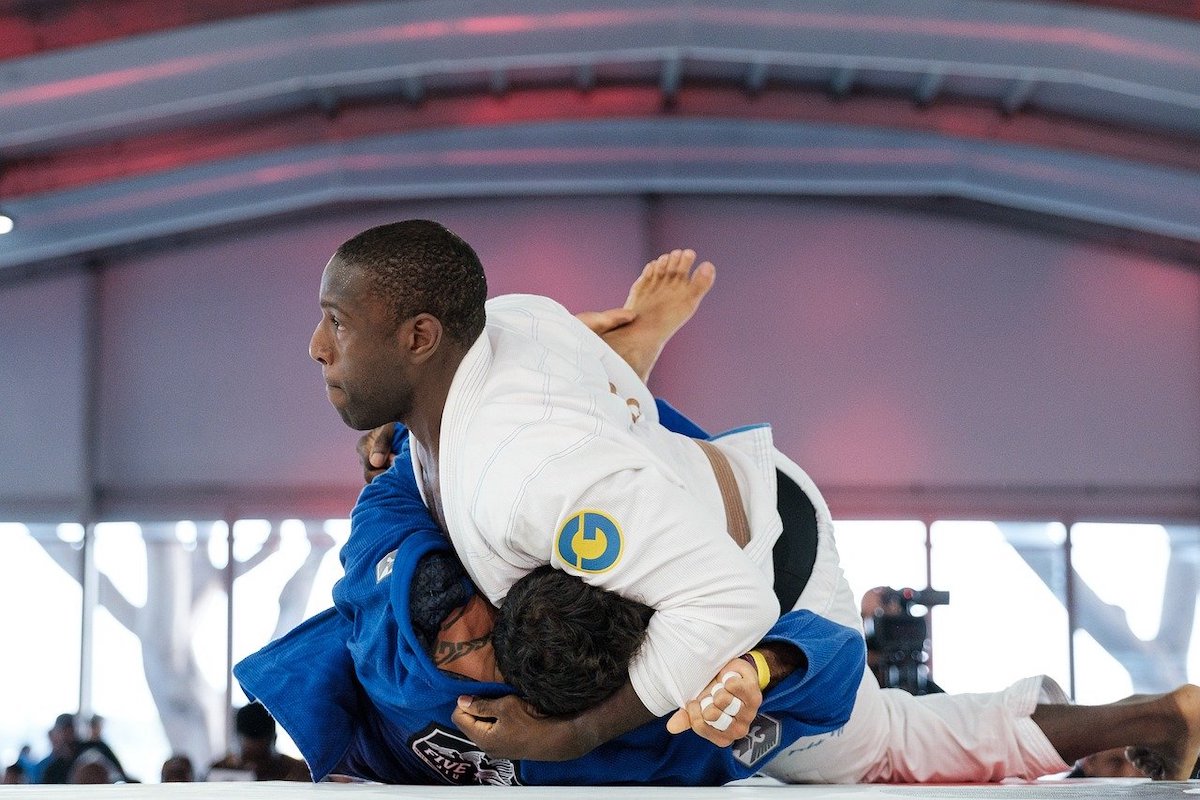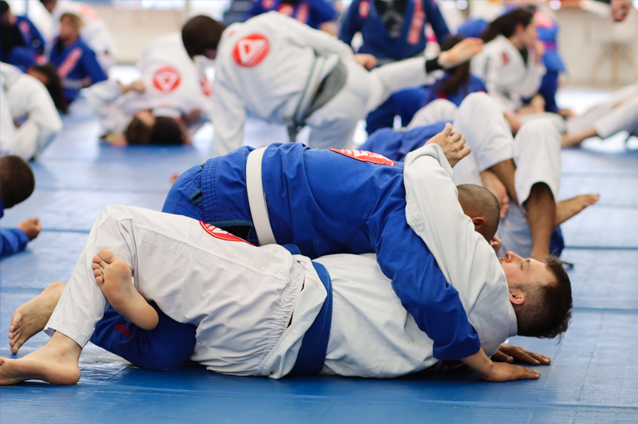Embark on a thrilling journey back in time as we delve into the captivating roots of Jiu-Jitsu competitions in Brazil. This exciting exploration sheds light on the birth, early rules, and evolution of formal tournaments in the South American nation known for its rich martial arts heritage. Get ready to discover how Jiu-Jitsu, a discipline steeped in tradition and discipline, has grown and adapted over the decades, forming an integral part of Brazil’s cultural identity.
The origin of Jiu-Jitsu competitions in Brazil is a tale of strength, strategy, and technique. It’s a story that stretches back to the early 20th century, a time when the martial art was introduced to Brazil and gradually refined into the sport we know today. As the narrative unfolds, we will trace the milestones, game-changing rules, and pivotal personalities that have shaped the evolution of these competitions.
What can you expect from this deep dive into Jiu-Jitsu history? Expect a treasure trove of fascinating facts and compelling insights that bring the past to life. From the initial rules that governed the sport to the influential figures who pioneered the development of competitions, this exploration offers a unique perspective on the trajectory of Jiu-Jitsu in Brazil. Stay tuned as we unravel the threads of this martial art’s vibrant legacy.
The Genesis of Jiu-Jitsu Tournaments in Brazil
The birth of Brazilian Jiu-Jitsu competitions can be traced back to the early 20th century, when Mitsuyo Maeda, a Japanese judoka, moved to Brazil and began teaching the art to Carlos Gracie, who later passed on the knowledge to his brothers. The Gracie family was instrumental in fostering the growth of Jiu-Jitsu in Brazil, eventually leading to the establishment of formal competitions.
Early Competitions and Rules
The first official Jiu-Jitsu competition in Brazil took place in the 1930s. At that time, the rules were rudimentary, focusing primarily on the efficacy of techniques and the strength of the competitors. Matches were often brutal, with few restrictions on moves such as strikes and slams. The idea was to simulate real-world combat as closely as possible, hence these early bouts were often referred to as Vale Tudo (“anything goes”) fights.
Some key rules of these early competitions included:
- The matches were typically held in a ring or an open space, with no time limit.
- Victory could be achieved by submission, knockout, or the opponent’s inability to continue.
- There were no weight classes, making physical strength a key factor in winning.
Evolution of Tournaments and Rule Modifications
As Jiu-Jitsu gained popularity in Brazil, the need for a more standardized rule set became apparent. This led to a series of changes that gradually refined the rules and formats of the tournaments.

Introduction of Weight Classes
One of the first major changes was the introduction of weight classes. This was done to ensure fairer competition and to shift the emphasis from brute strength to technique and skill.
Refinement of Scoring System
The scoring system was also modified over time. Points started to be awarded for successful execution of specific techniques and positions, such as sweeps, takedowns, passes, and submissions. This brought a strategic dimension to the matches, with competitors needing to balance aggression with caution.
The Modern Era of Brazilian Jiu-Jitsu Competitions
Over the decades, Brazilian Jiu-Jitsu competitions have undergone significant evolution. The rules have been further refined and standardized, and a wider range of weight classes and age categories have been introduced.

Formation of Governing Bodies
The formation of governing bodies like the International Brazilian Jiu-Jitsu Federation (IBJJF) played a crucial role in the formalization of the sport. These organizations not only set the rules and regulations for competitions but also provide guidelines for training and grading.
Global Recognition
Today, Brazilian Jiu-Jitsu competitions are held globally, with participants from all corners of the world. They range from small, local tournaments to grand international events like the World Jiu-Jitsu Championship. Despite the many changes over the years, the essence of the sport – a test of skill, strategy, and will – remains the same.
Conclusão
In conclusion, the genesis and evolution of Brazilian Jiu-Jitsu (BJJ) competitions provide a fascinating glimpse into the dynamic growth of this martial art. The journey from rudimentary Vale Tudo fights in the 1930s to the highly regulated and globally recognized tournaments of today demonstrates the adaptability and progression of this sport.
The introduction of standardized rules, weight classes, and refined scoring systems have not only ensured fairer competition but also elevated the importance of technique, skill, and strategy over brute strength. In turn, these changes have made BJJ competitions more accessible and appealing to a wider range of participants.
The role of governing bodies like the International Brazilian Jiu-Jitsu Federation (IBJJF) cannot be overstated. By formalizing rules, providing training guidelines, and organizing competitions, these organizations have significantly contributed to the global recognition and growth of BJJ.
Despite these developments, the essence of Brazilian Jiu-Jitsu – a test of skill, strategy, and will – remains intact. This resilience reflects the timeless appeal of BJJ, a martial art that continues to inspire and challenge individuals across the world. The evolution of Jiu-Jitsu competitions in Brazil is a testament to the enduring spirit of this sport, its practitioners, and its pioneers like the Gracie family.
